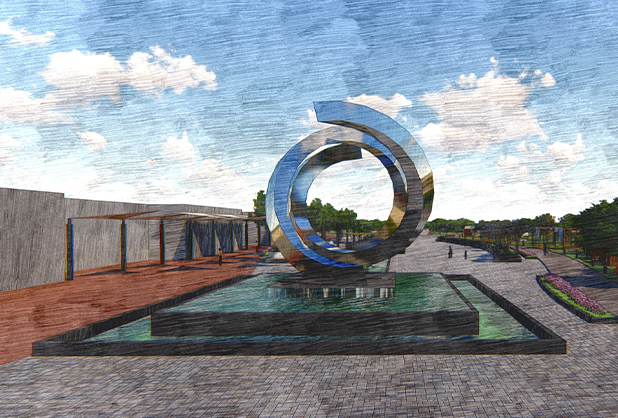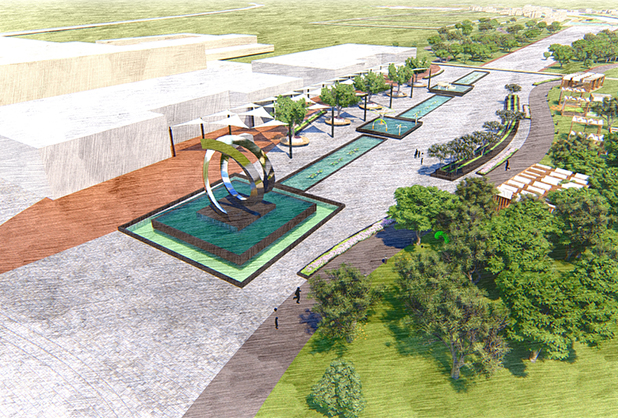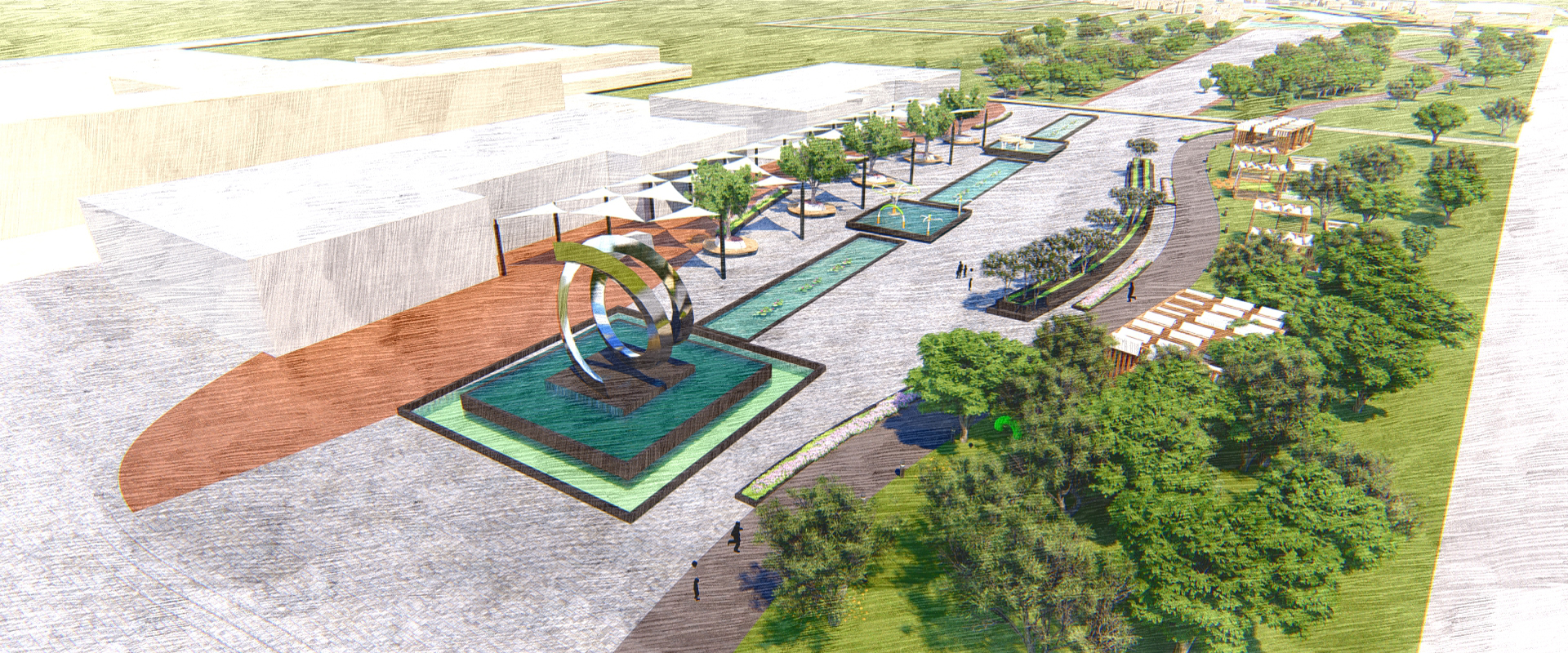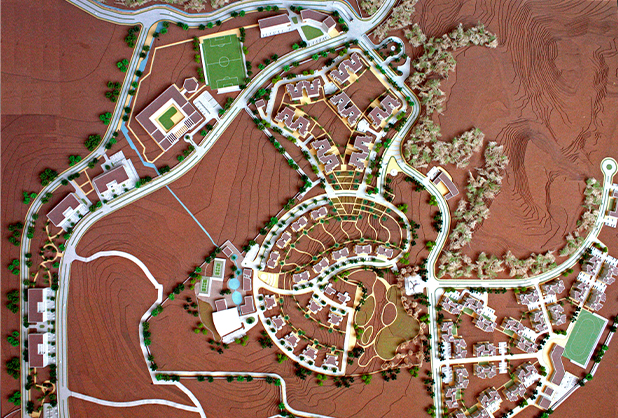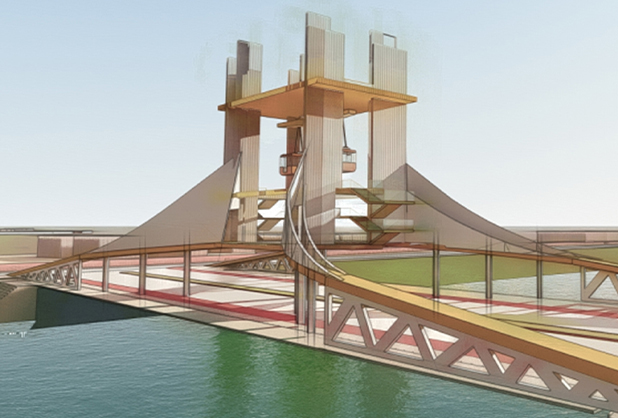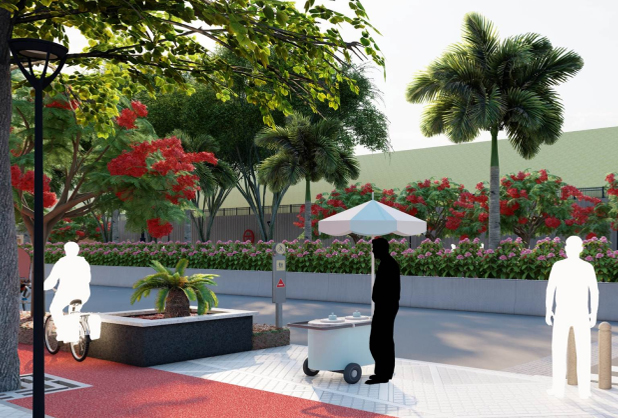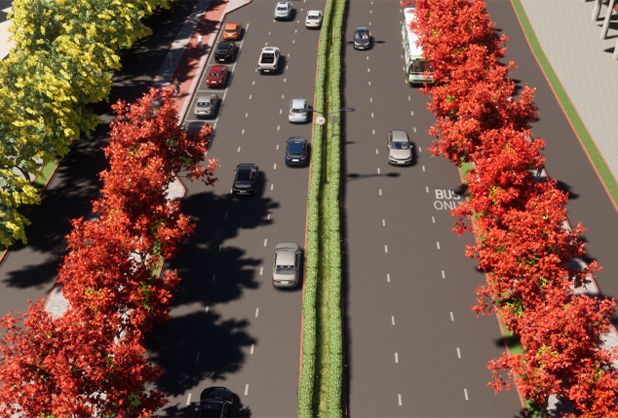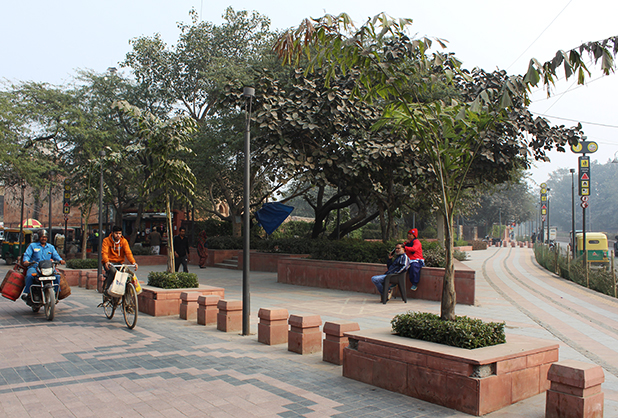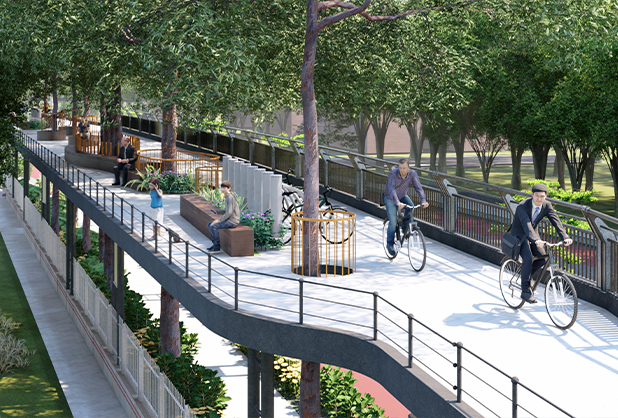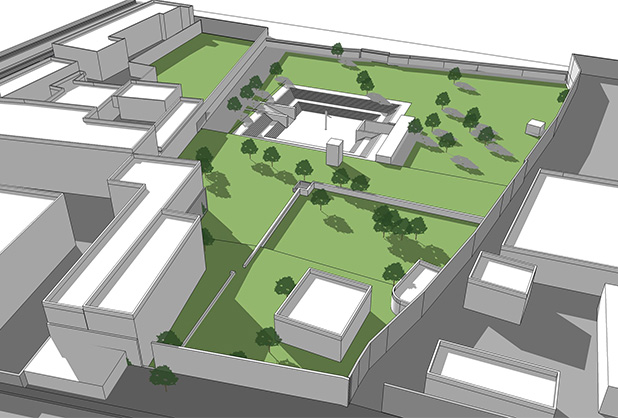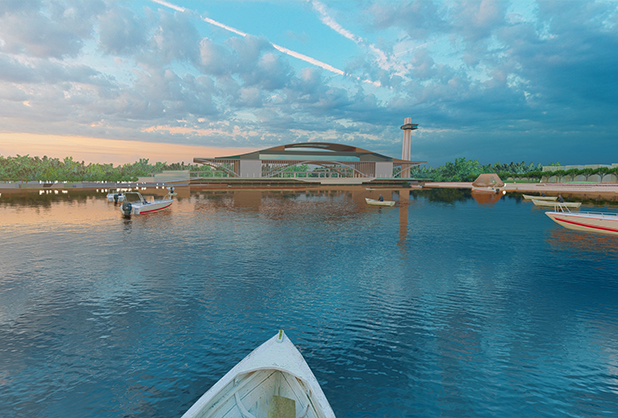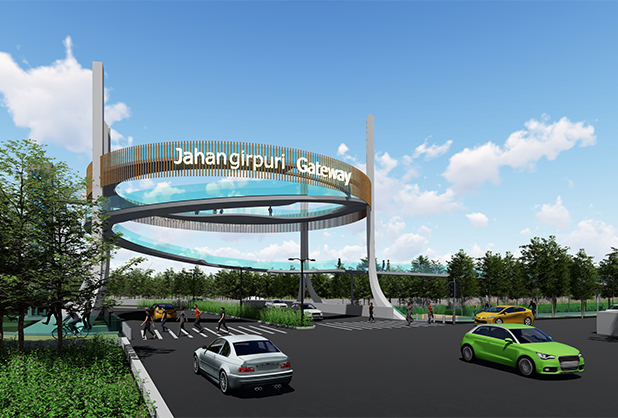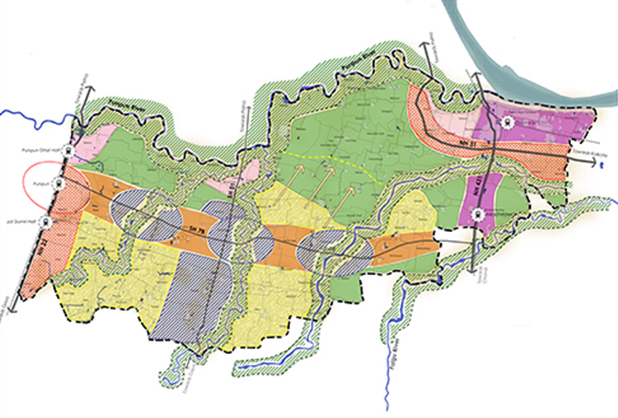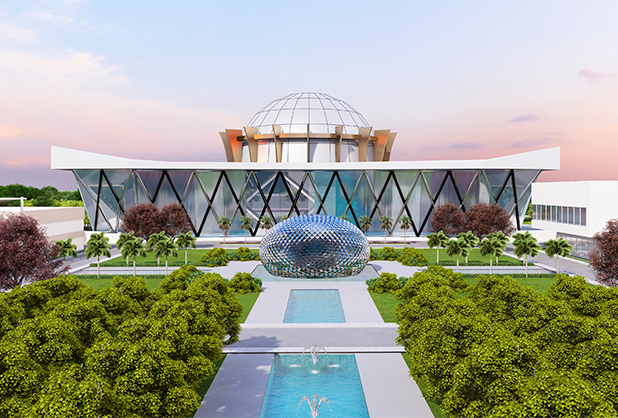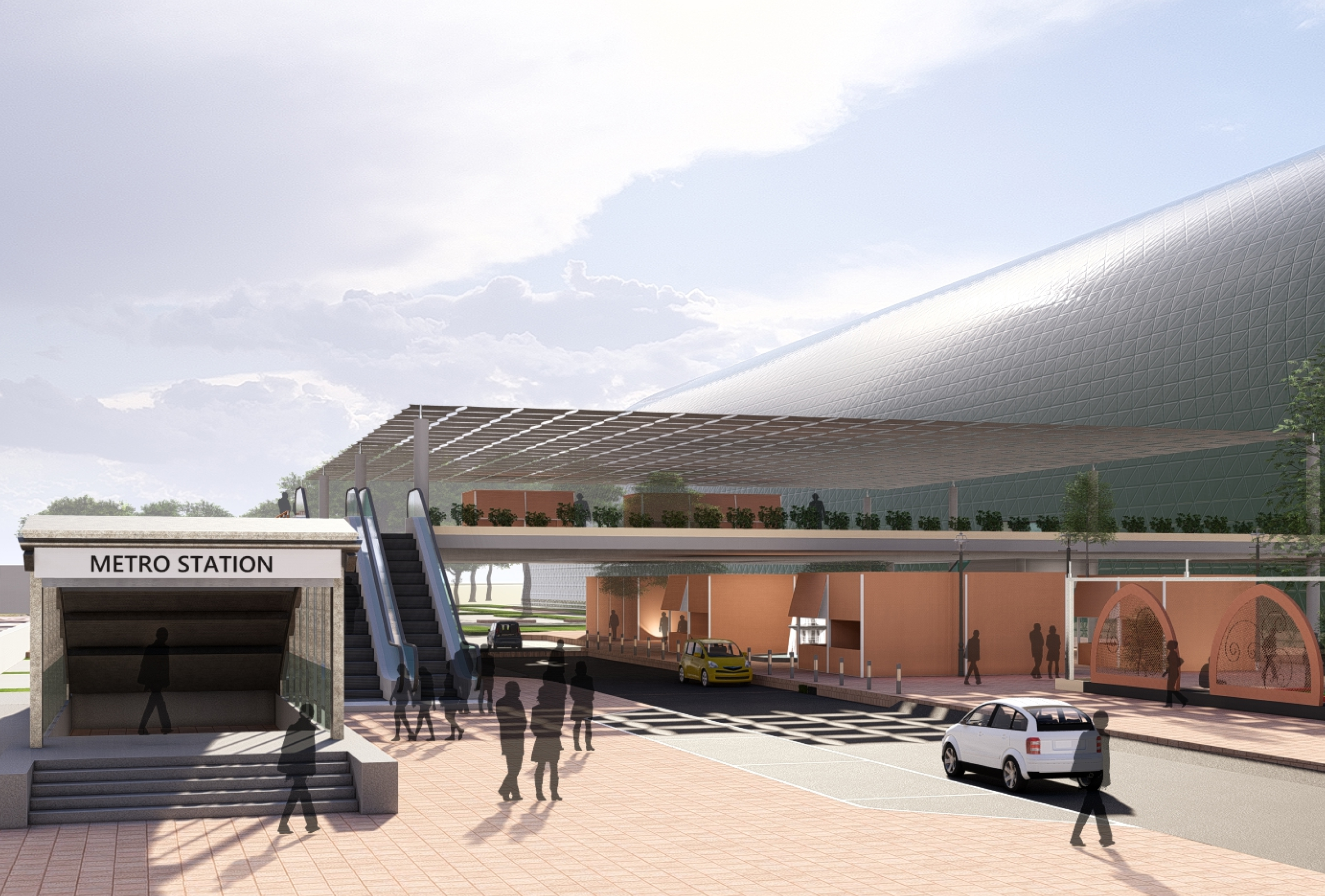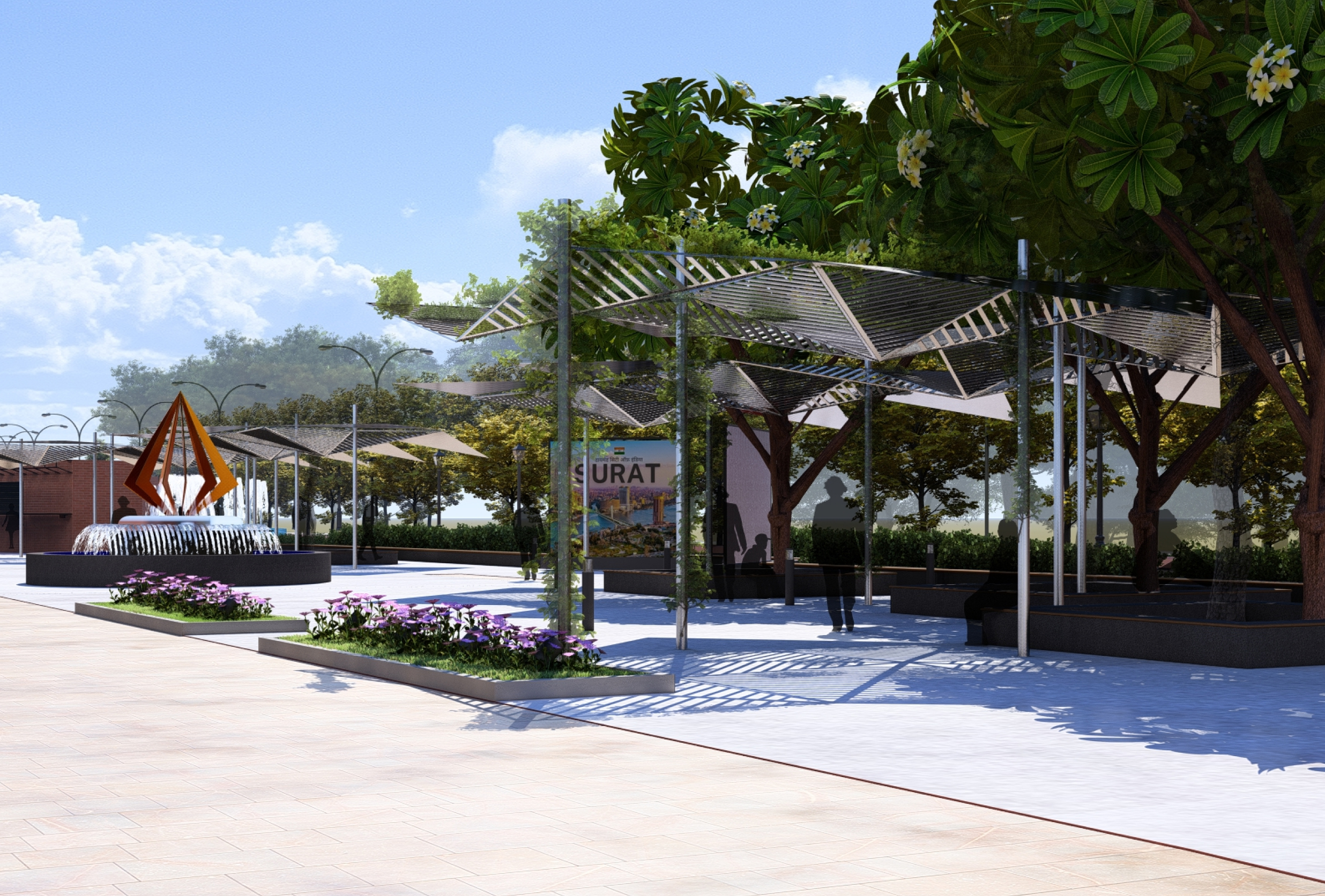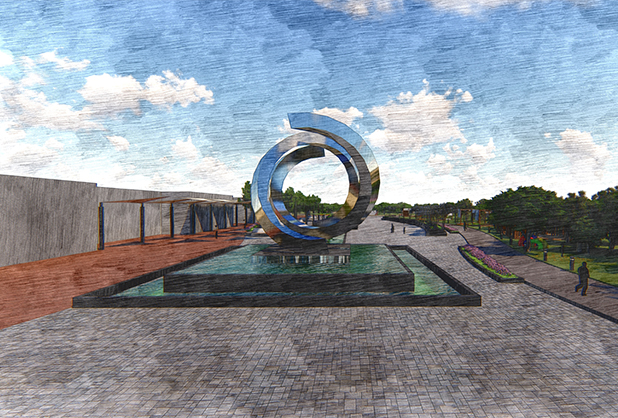
URBAN DESIGN
TIKRI KHURD
In the present day time, when one struggles to find any natural setting in Delhi unimmolated under the wave of rapid urbanization, Tikri Khurd lake, the forgotten ecological treasure becomes an exquisite rarity. A rural lake, Tikri Khurd Lake was an oxbow lake (a channel of the river Yamuna) spreading over 8-10 hectares and a prominent water body in the village with a strong connectivity to the GT road. It was formed when a wide meander of the river cut-off from one of the tributaries of the river Yamuna. Once a rural hotspot, the lake today has reduced to a scarce pond struggling to survive amongst excessive eutrophication and piles of garbage dump. The google map timeline of the lake shows significant encroachments and eutrophication that have gradually led to shrinkage and drying up of the lake. The growths of settlements around the lake have further degraded it by dumping sewage and solid waste around the lakefront which has also adversely impacted the biodiversity therein. The lake waters have turned foul and hardly support any aquatic life. However with all of these issues, the strong regional connectivity and presence of a large catchment area around the lake, the hope for its revival and becoming a community asset is extant.
As part of the restoration drive of the Lakes and water bodies of Delhi by Irrigation and Flood Control department Delhi, the Tikri Khurd lake revival proposal has been carefully put forth keeping in view the rural sanctity and ecological sensitivity of the waterfront. And as Urban Design consultants our main focus has been towards bringing back the lake to life and establishing it as a proficient asset for the surrounding ecosystem and community. The cognitive mapping of the lake precinct demonstrates presence of social infrastructure and open spaces that can be integrated with the lakefront for community up gradation and enriched vitality as well as creating water based cultivation zones for many native, aromatic and medical plant species. In this regard the vision framed for the lake is to enhance the quality of the lake-community interface where the focus is on carefully uplifting the ecological domain of the lake, improved biodiversity and integration of the community with the lakefront to foster symbiosis therein. The vision has been further evaluated in terms of a structure plan and zoning of the lakefront clearly on the basis of activity and open space analysis of the precinct. The strategic nodes developed have been categorized as:
The City node emphasizing the sense of arrival along the GT road, development of recreational spaces, interpretation centers and restaurants and cafeterias.
The Festival node - for adjoining temple precinct development and facilitation of religious Ghats.
The Community node - featuring chaupal development and community engagement.
The District Park - fostering state of art facilities for yoga, recreation and meditation.
The Eco Corridor - featuring public facilities, recreational cycle track, boulevards, board walks and pedestrian bridges integrating the local community.
The strategy plan further demonstrates the emphasis on identity development, creating entry gateways, plazas and viewing decks for enhanced imageiabilty and character development. Phytorid lake rejuvenation strategy and the integral approach towards the community also forecast a strong sense of belongingness and civic sense amongst the locals and visitors. This shall ensure that the ecological character of the lake remains intact and improvises with time.
-
SIZE:
-
STATUS:
DESIGN DEVELOPMENT
-
DESIGN PRINCIPAL:
VIKAS KANOJIA
-
DESIGN TEAM:
JATIN GROVER, CHETNA GARG, EISHITA VASDEV
-
COLLABORATORS:
ARCOP, DESIGN PROCESS
